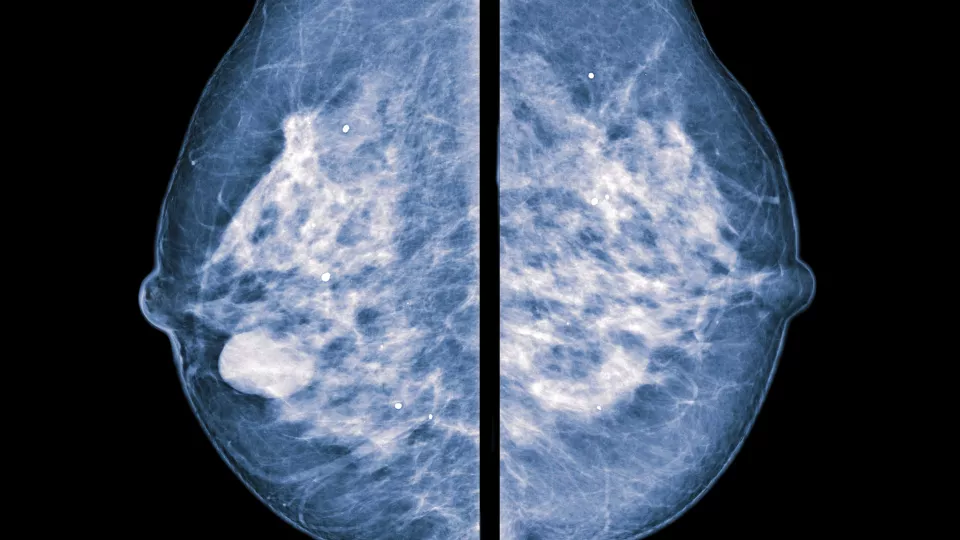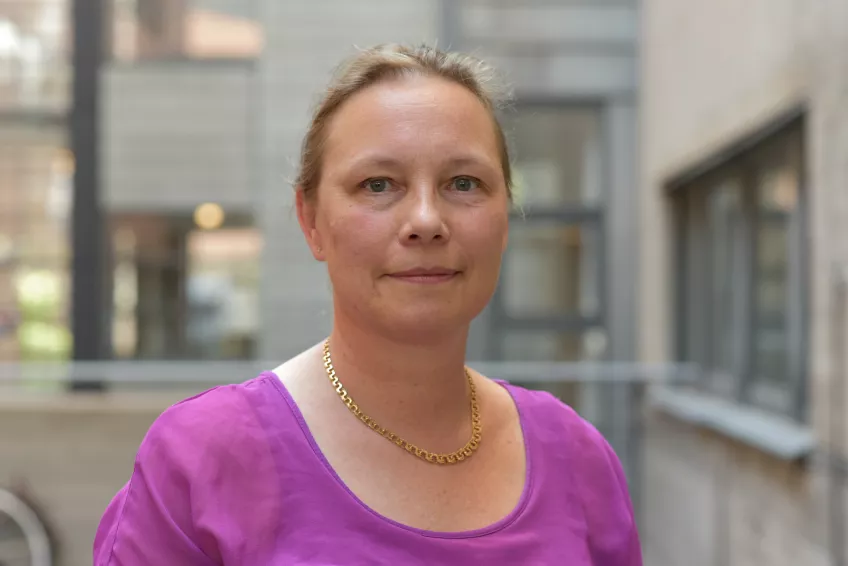Major advances in diagnostics and treatment have improved survival rates among breast cancer patients in recent decades. In the last few years, many studies have focused on tumour characteristics and its prognostic significance. There is an increased understanding of, for example, how the tumour size and molecular characteristics as well as the surrounding tumour environment can affect drug absorption and treatment effectiveness in killing cancer cells.
Now, research from Lund University in Sweden enhances the understanding of how the interplay between the patient’s body constitution (BMI) and the surrounding tumour tissue can be of importance for the prognosis.
The results of the new study are based on around 1,000 breast cancer patients who were operated on at Skåne University Hospital in the years 2002 to 2012. The clinical outcome of the patients was followed until 2019. The researchers have studied tumour size, the cells surrounding the tumour tissue, the patient’s body constitution, and a protein called Caveolin-1. The protein is found in the cell membrane of all cells, both in tumour cells and in the tumour’s surrounding cells, where it is involved in the transport of different substances (including drugs) into the cells.
“We found that it was good to have little or no Caveolin-1 in the cells surrounding the tumour if the person was of normal weight, or if they had a small tumour, but the opposite was true if the patient was overweight or had a large tumour. This shows the importance of placing the tumour in its correct context,” says Christopher Godina, doctoral student at Lund University.
Further research is required to confirm the findings, but the results suggest that the Caveolin-1 protein could be used as a marker to provide an even more precise prognosis and offer support in choosing treatment for breast cancer patients.
“Our study suggests the importance of paying more attention to the patient characteristics, not just aspects of the tumour. The level of Caveolin-1 can be affected by existing approved drugs, but here there is a need for further studies, as it is unclear what effect these drugs have in breast cancer. The cancer cells’ environment in each patient is different in several ways, for example regarding the extent of inflammation in the body and the surrounding cells in the breast,” says Helena Jernström, professor of oncology, specialising in integrated cancer epidemiology at Lund University, who led the study.


